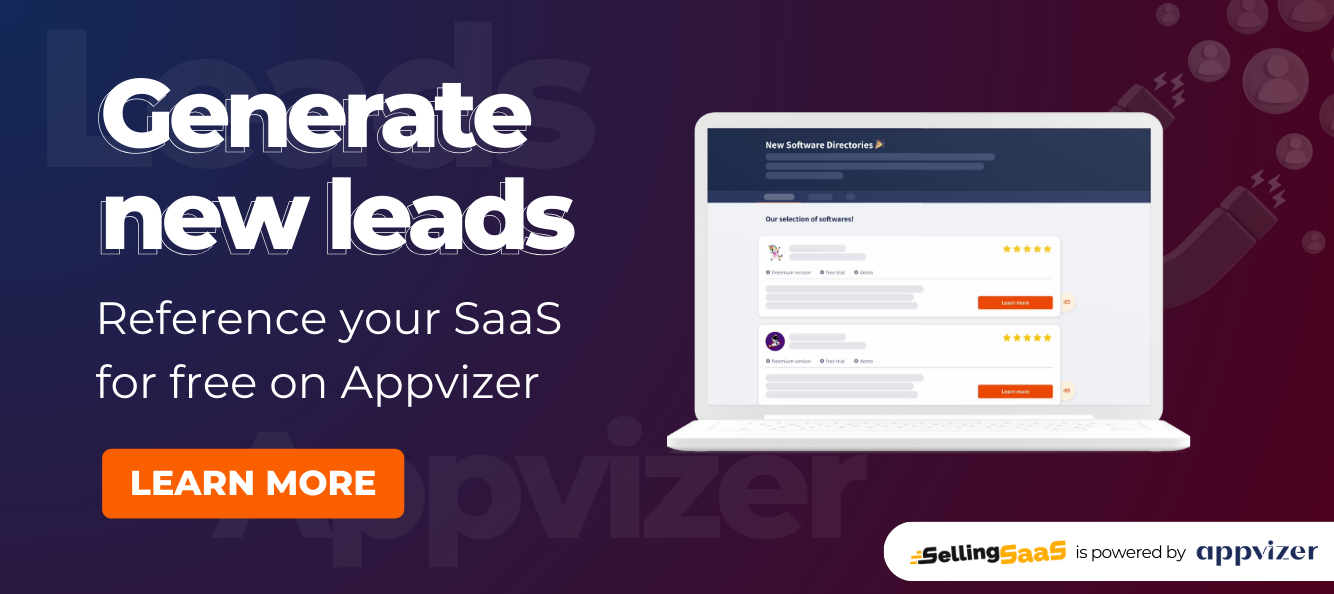In the ever-evolving landscape of Software as a Service (SaaS), reviews play a pivotal role in guiding both businesses and consumers. This comprehensive guide delves into the significance of SaaS reviews, how to effectively find and evaluate them, and their role in informed decision-making.
Part 1: Introduction to SaaS Reviews
What are SaaS Reviews?
SaaS reviews are evaluations or feedback given by users regarding various SaaS products. These reviews can range from detailed accounts of user experiences to ratings based on specific features or overall performance.
Importance of SaaS Reviews for Businesses
For SaaS companies, these reviews are invaluable. They provide insights into customer satisfaction, product strengths and weaknesses, and areas for improvement. They also serve as a gauge for potential customers to assess the product before committing.
Impact on the Buying Process
Reviews significantly impact the decision-making process of potential customers. Positive reviews can bolster the credibility of a SaaS product, while negative reviews can raise red flags that require further investigation.
Part 2: Finding and Evaluating SaaS Reviews
Identifying Reliable Review Sources
Popular websites like G2, Capterra, and TrustRadius offer a wealth of SaaS reviews. These platforms provide user-generated content that can give a well-rounded view of a product.
Effective Search Strategies for SaaS Reviews
To find relevant reviews, use specific keywords related to the SaaS product or industry. Engaging in online forums and community discussions can also yield honest and direct user feedback.
Criteria for Evaluating SaaS Reviews
- Trustworthiness and Credibility: Consider the reputation of the review site and the reviewer’s history.
- Relevance: Look for reviews that address specific needs or challenges pertinent to your business.
- Consistency: Evaluate the consistency of feedback across multiple reviews to gauge the reliability of the opinions expressed.
Part 3: Utilizing SaaS Reviews for Informed Decision-Making
Using Reviews to Assess Product Features
Reviews can provide detailed insights into a product’s features, usability, and performance, helping businesses understand if a SaaS solution fits their requirements.
Understanding Pricing Models
Reviews often discuss pricing models and their value-for-money aspect. This information can be crucial for budgeting and financial planning.
Analyzing Customer Feedback
- Net Promoter Score (NPS): Some reviews include NPS, a metric that indicates customer satisfaction and loyalty.
- Identifying Potential Risks: Reviews can highlight any potential issues or limitations with the SaaS product.
- Leveraging Positive Reviews: Positive reviews can be used as a marketing tool to showcase customer satisfaction and product effectiveness.
Part 4: Crafting Effective SaaS Reviews
Guidelines for Writing Informative and Helpful Reviews
- Be Specific: Focus on particular features or aspects of the SaaS product, detailing how they performed in your experience.
- Provide Context: Explain how you used the product and in what kind of business environment, as this adds relevance to your review.
- Be Balanced: Offer a fair assessment by mentioning both strengths and weaknesses. This makes your review more credible and useful.
Balancing Positive and Negative Feedback
- Constructive Criticism: When pointing out negatives, do so constructively, suggesting how the product could be improved.
- Highlight Positives: Don’t forget to mention what the product does well and how it benefited your business or workflow.
Part 5: Promoting Your SaaS Product Through Reviews
Encouraging Customers to Write Reviews
- Request Feedback: After a certain period of usage, ask customers to provide a review. This can be done through automated email campaigns or direct communication.
- Incentivize Reviews: Offer incentives like discounts or additional features in exchange for writing a review.
Showcasing Reviews on Marketing Platforms
- Website and Landing Pages: Feature customer reviews prominently on your product website and in marketing materials.
- Social Proof in Advertising: Utilize positive reviews in your advertising campaigns as social proof to attract new customers.
Responding to Reviews Publicly
- Acknowledge Feedback: Respond to reviews, both positive and negative, to show that you value customer input.
- Address Concerns: For negative feedback, provide solutions or explain how you plan to address the issues raised.
Using Feedback for Product Improvement
- Identify Trends: Look for common themes in reviews to identify areas for improvement.
- Product Updates: Use the feedback to inform product development and future updates.
Incorporating Positive Reviews into Sales Strategies
- Testimonials: Use positive reviews as testimonials in your sales pitches and presentations.
- Case Studies: Develop case studies based on positive reviews to demonstrate the impact of your product.
Conclusion
SaaS reviews are a powerful tool not only for consumers making purchasing decisions but also for businesses to promote and improve their products. By understanding how to write effective reviews and leverage them for marketing and product development, SaaS companies can enhance their credibility, attract more customers, and continually refine their offerings to meet market demands. This holistic approach to engaging with SaaS reviews is integral to fostering a culture of transparency and continuous improvement in the SaaS industry.


